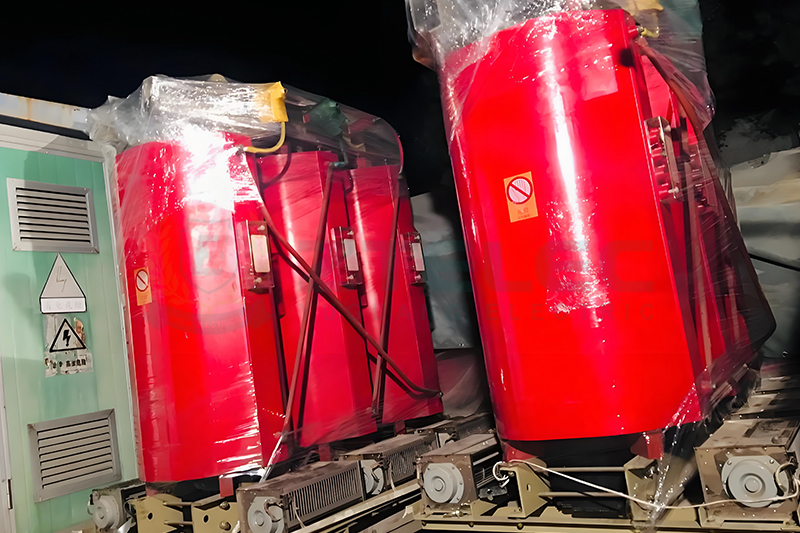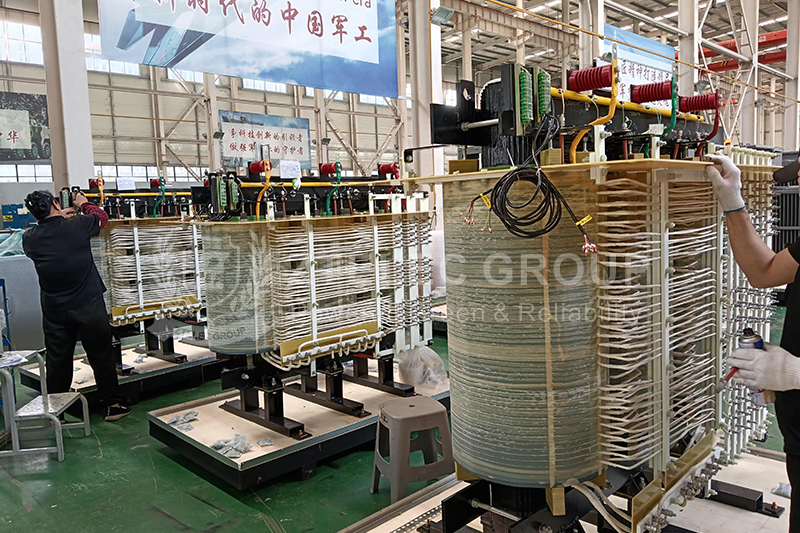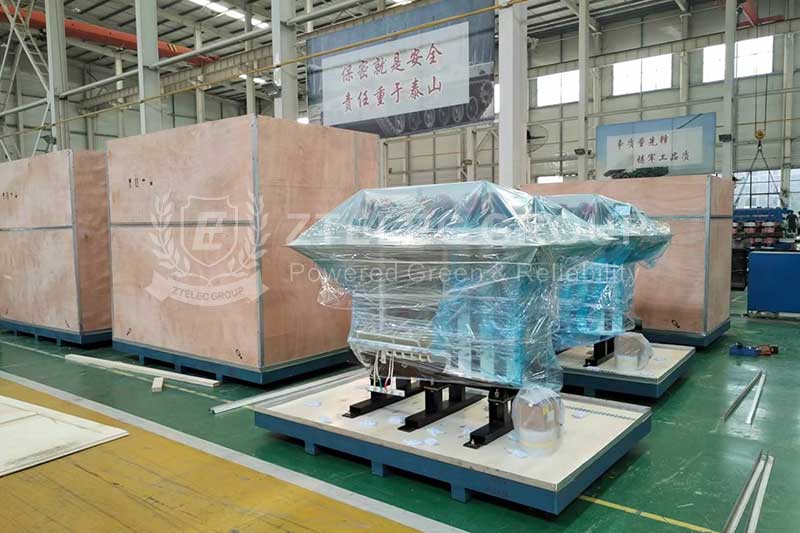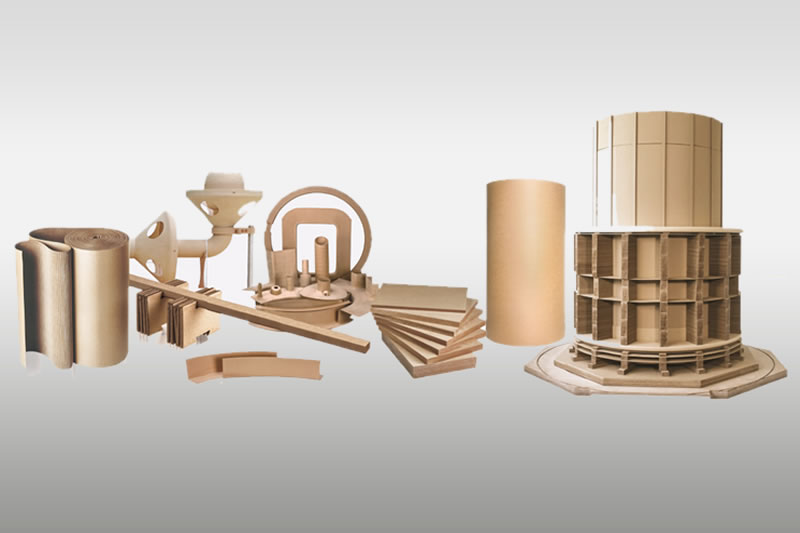Dry-Type Transformer Price vs. Quality: How to Find the Optimal Balance
When procuring dry-type transformers for a company or project, the key question is how to achieve the best balance between price and quality. Selecting the lowest-priced transformer may lead to frequent failures and high maintenance costs, while pursuing only top-tier brands could exceed project budgets. This article explores the relationship between price and quality of dry-type transformers and provides practical strategies for informed purchasing decisions.

Why Price Alone Isn’t Enough
The price of a transformer represents only the initial purchase cost. Its true cost includes the entire lifecycle, covering procurement, installation and commissioning, operational energy consumption, maintenance and repairs, downtime losses, and residual value.
Key Factors Affecting the Price and Quality of Dry-Type Transformers
1. Silicon Steel Sheets: The core material hierarchy is Amorphous Alloy > High-Quality Silicon Steel > Ordinary Silicon Steel. High-quality materials reduce no-load loss and noise, with amorphous alloys offering superior energy-saving performance despite higher costs.
2. Winding Conductors: Copper windings provide better conductivity, thermal tolerance, load capacity, and longer service life compared to aluminum or copper-clad aluminum windings, ensuring reliable transformer operation.
3. Insulation System: Higher insulation classes (H-Class, C-Class > F-Class, B-Class) enhance overload capacity, heat resistance, and service life.
4. Manufacturing Process and Design: Advanced processes such as Vacuum Pressure Impregnation (VPI) form integrated winding structures, improving moisture, dust, and vibration resistance compared to conventional impregnation.
5. Brand and Certification: Internationally renowned or leading domestic brands offer technological expertise, quality control, and reliable after-sales support. Verify certifications such as ISO, CE, UL, or KEMA when purchasing.
6. Efficiency Level: Higher energy efficiency levels (IE4 > IE3 > IE2) reduce operational energy costs and ensure compliance with energy-saving regulations.

How to Find the Balance Between Price and Quality
Clarify Requirements and Application Scenarios: Assess load characteristics, operating environment, reliability needs, and future capacity expansion to determine the required transformer specifications.
Analyze Total Cost of Ownership (TCO): Calculate TCO using:
TCO = Purchase Price + (Annual Energy Loss × Expected Lifespan) + (Estimated Annual Maintenance Cost × Expected Lifespan).
Example: Investing in a higher-efficiency transformer (IE3) may cost more upfront but can be recovered through energy savings within 2–3 years.
Choose the Appropriate Supplier: Suppliers are generally categorized into three tiers: Top international brands with advanced technology and global service networks; leading domestic brands with mature technology and excellent cost-performance; niche or local brands with lower prices but variable quality. Choose based on project criticality and budget.
Verify Technical Specifications and After-Sales Service: Request complete technical data, check warranty policies, and assess after-sales support to ensure reliability and long-term performance.
Recommendation
Avoid the lowest-price trap and prioritize transformers from leading domestic brands. Opt for models with full-copper windings, manufactured using the VPI process, and meeting Level 1 or Level 2 efficiency standards (IE3/IE4). While the initial cost may be higher, these transformers ensure stable, efficient, and low-maintenance operation over 10–20 years, maximizing long-term value and true cost savings.
- more+releated article
- 2025-12-13How to Select and Use Phenolic Cloth-base Lami
- 2025-12-13How Much Does Bakelite Sheet Cost? 2025 Price
- 2025-12-13Why are most 3240 epoxy boards yellow?
- 2025-12-13What are the Main Applications of FR4 Epoxy Bo
- 2025-12-13Why Does the Price of Insulating Paperboard Va
- 2025-12-13Heat-Resistant DDP Insulation Paper
- 2025-12-13Comparison of Heat-Resistant DDP Insulating Pa
- 2025-12-13G10 and FR4 Epoxy Boards: Commonly Used for Ge
- 2025-12-13The Price of Heat-Resistant DDP Insulation Pap
- 2025-12-13How to Choose Epoxy Laminate Materials for Gen





